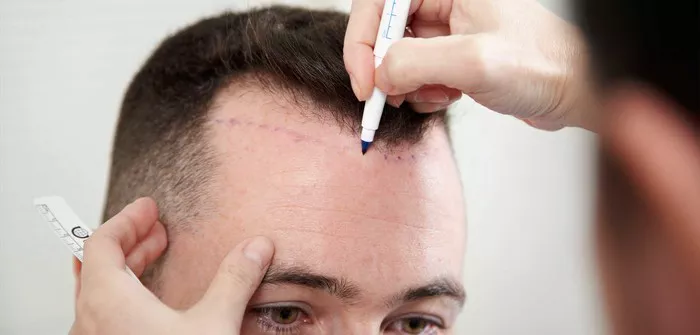In recent years, advancements in medical technology have revolutionized the field of hair restoration. One such innovation that has gained attention is robotic hair transplant. This cutting-edge procedure involves the use of robotic systems to assist in the extraction and transplantation of hair follicles. The question that arises is whether this method is truly effective in addressing hair loss concerns. In this article, we will delve into the key aspects of robotic hair transplant and assess its effectiveness in comparison to traditional methods.
Understanding Robotic Hair Transplant:
Robotic hair transplant, also known as robotic follicular unit extraction (FUE), involves the use of a robotic arm equipped with cameras and imaging technology. The system scans the donor area of the scalp, identifying and selecting individual hair follicles for extraction. The selected follicles are then harvested with precision, minimizing damage to surrounding tissues. Subsequently, these healthy hair follicles are transplanted into the recipient area, where hair loss has occurred.
Precision and Accuracy:
One of the primary advantages of robotic hair transplant is the level of precision and accuracy it offers. The robotic system can identify and harvest individual hair follicles with meticulous detail, reducing the risk of damage to neighboring tissues. This precision is crucial in achieving natural-looking results and ensuring the survival of transplanted hair follicles.
Traditional hair transplant methods, such as manual FUE, rely on the skill and experience of the surgeon to extract and transplant hair follicles. While skilled practitioners can achieve excellent results, the robotic system provides a level of consistency that may be challenging to replicate manually.
Faster Procedure and Recovery:
Robotic hair transplant procedures are often faster compared to traditional methods. The efficiency of the robotic system in harvesting and transplanting hair follicles can significantly reduce the overall duration of the procedure. This can be beneficial for both the patient and the medical team.
Additionally, the precision of the robotic system may contribute to a quicker recovery for the patient. With minimized trauma to the donor area, healing time may be reduced, allowing individuals to return to their normal activities sooner than with traditional methods.
Natural-Looking Results:
The ultimate goal of any hair transplant procedure is to achieve natural-looking results that seamlessly blend with the patient’s existing hair. Robotic hair transplant’s precision plays a crucial role in achieving this objective. The ability to select and transplant individual follicles allows for a more strategic placement, mimicking the natural growth pattern of the patient’s hair.
While skilled surgeons using traditional methods can also achieve natural-looking results, the robotic system adds an extra layer of precision that can enhance the overall outcome.
Considerations and Limitations:
Despite the promising aspects of robotic hair transplant, it is essential to acknowledge certain considerations and limitations. The initial cost of the robotic system and the associated technology may make these procedures more expensive compared to traditional methods. Additionally, the learning curve for surgeons adapting to robotic systems is a factor that can influence the effectiveness of the procedure.
Furthermore, the success of any hair transplant, whether robotic or traditional, depends on factors such as the patient’s suitability for the procedure, overall health, and realistic expectations. Not every individual may be an ideal candidate for robotic hair transplant, and a thorough consultation with a qualified medical professional is crucial to determine the most suitable approach.
See Also: The Duration of the First Hair Transplant Surgery: A Quick Guide
Conclusion:
In conclusion, robotic hair transplant represents a significant advancement in the field of hair restoration. The precision, efficiency, and potential for faster recovery make it an attractive option for individuals seeking a solution to hair loss. While traditional methods have proven successful over the years, the integration of robotic technology adds a new dimension to the process, offering enhanced precision and potentially superior results.
As with any medical procedure, the effectiveness of robotic hair transplant depends on various factors, including the skill of the surgeon, the suitability of the patient, and realistic expectations. While robotic hair transplant may not be the ideal choice for everyone, it undoubtedly stands as a compelling option for those looking for a modern and technologically advanced approach to hair restoration.


